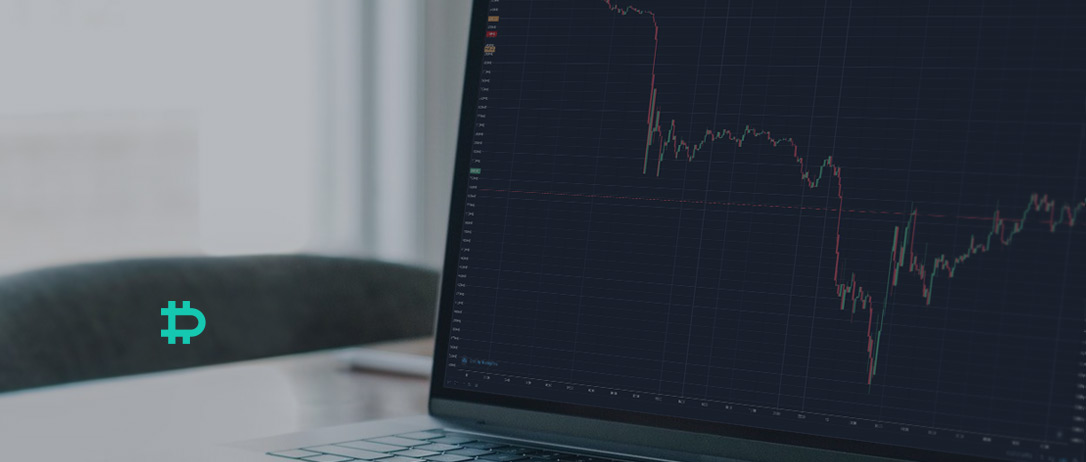The cryptocurrency market experienced a significant decline in value. Major assets like Bitcoin and Ethereum saw their prices plummet.
Cryptocurrency, the digital asset class that rose to prominence over the last decade, recently faced tough challenges. The market, known for its volatility, tumbled as a result of various factors including regulatory crackdowns, security concerns, and a shift in investor sentiment.
Global economic pressures and increased scrutiny by financial watchdogs contributed to the downturn. Investors witnessed massive sell-offs, erasing gains and causing widespread concern. Amidst market fluctuations, the underlying blockchain technology remains a point of interest for its potential to revolutionize industries. The crypto community continues to speculate on the future of digital currencies, with many showing resilience and a belief in a recovery.

Credit: epiccapital.com
The Rise And Rise Of Cryptocurrency
The cryptocurrency journey began as a revolutionary tech promise. Enthusiasts and investors alike saw it as a pathway to decentralized finance. It was a time of experimentation, with Bitcoin leading the charge. Developers explored the potential of blockchain through alternative coins.
The stage was set; the script, however ominous, unknown. Crypto values started climbing, slowly at first. Words like 'blockchain' and 'cryptocurrency' entered everyday talk. It was a time that forged a path for numerous initial coin offerings (ICOs).
Suddenly, a bull run took the market by storm. Values skyrocketed, creating both overnight millionaires and stories of unprecedented gains. It was like nothing ever seen in the financial world before. Bitcoin's price soared, and with it, the public's interest peaked.
Anatomy Of A Crash
Several trigger events sparked the cryptocurrency downturn. A major event was the announcement of tighter regulations by governments. Fear spread among investors. High-profile hacks and security breaches also shook market confidence. These incidents caused a domino effect.
The cascade of falling prices began soon after. People started to sell off their digital assets quickly. This mass selling led to a further drop in prices. Panic selling occurred, pushing values down at an alarming rate. Markets across the board felt this impact. The downward spiral continued, with no immediate end in sight.
Influential Factors Behind The Collapse
The crypto currency market has faced significant regulatory hurdles. Governments across the globe have increased scrutiny. They often introduce strict rules that impact crypto operations. These actions can lead to rapid price changes. Investors sometimes get scared and sell their assets. This can cause sudden market drops.
Market speculation is another driving force behind crypto volatility. Many people try to guess the future prices. Their decisions make the market unstable. Investor sentiments also play a critical role. Good or bad news can quickly change how investors feel. This can lead to large investments or massive sell-offs in the crypto world.

Credit: insights.deribit.com
The Ripple Effect On The Market
Individual investors felt the shockwaves through their portfolios. Digital currencies plunged, leaving many contemplating their financial choices. Panic selling ensued, further fueling the downturn. Resilience was key, as some held steadfast amidst the turmoil.
The blockchain industry grappled with a new reality. Projects halted and funding dried up. Yet, innovation persisted, with developers seeking solutions to strengthen the technology's foundation. The setback sparked a drive for greater stability and security in future systems.
Lessons Learned And The Path Ahead
Seasoned investors execute strategic moves during market shifts. Diversification is key to their approach. They spread investments across various asset types. This limits risk linked to any single currency failure.
Smart investment practices involve setting strict stop-loss orders to safeguard investments from sudden declines.
Observant investors analyze market trends. They make decisions based on both technical analysis and global economic changes. Organized portfolios with a balance of cryptocurrencies and traditional assets are typical for them.
Future volatility is an expected part of the cryptocurrency landscape. Investors need to stay updated with latest market news and developments. Investing in education about blockchain technology boosts investor confidence during turbulent times.

Credit: www.synovus.com
Frequently Asked Questions Of What Happened To Crypto Currency
Why Did Cryptocurrency Crash In 2023?
Cryptocurrencies faced a sharp downturn due to multiple factors. Market overvaluation, regulatory crackdowns, and investor panic were key. This led to significant sell-offs.
Can Crypto Recover From The 2023 Crash?
Yes, crypto can recover as it has rebounded from past downturns. Market cycles, innovations, and increased adoption could drive future recovery. However, timelines are uncertain.
What Impacts Regulation On Crypto's Future?
Regulatory clarity can impact crypto positively by providing security for investors. Negative impacts arise from restrictive policies that limit innovation or usage.
How To Invest In Crypto Post-crash?
Invest carefully by doing thorough research and diversifying your portfolio. Consider the project's long-term viability and risk tolerance before investing in crypto post-crash.
Conclusion
As the dust settles on the rollercoaster of cryptocurrency, one thing is clear: this digital currency era is just beginning. Despite hurdles and market volatility, crypto remains a pivotal and evolving financial frontier. Savvy investors and casual observers alike continue watching this space.
The future of money may well hinge on blockchain's promising, yet unpredictable path. Stay tuned.
